Starting a vegetable garden in your backyard is a fun and rewarding project. You can save money by growing your own produce and you’ll be amazed at how much better it will taste. With a little planning and some work you’ll be harvesting vegetables in no time.
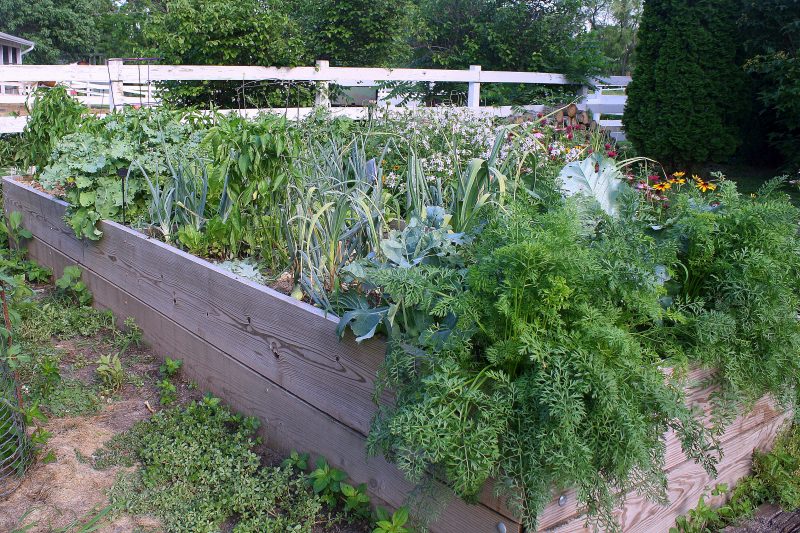
Where Should I Start My Garden?
The first thing to think about after you’ve decided to add a garden is where in your yard to put it. You will want to select a site that has at least six to eight hours of sun. Vegetables are sun-lovers, so no shade. You will want well-draining soil. If you select a site where water often pools your plants will rot. If you have soil that is poor quality or does not drain well a raised bed will be your best option. For your first year start small. Maybe you want to use a couple containers or a 4’x8’ raised bed to start. Vegetable plants grow very quickly and will need more space than you think. One of the biggest mistakes first-time gardeners make is overcrowding their plants.
Prepare the Area
After you’ve selected a spot you’ll need to prepare the ground for planting. Now is also the time to decide what type of garden you want. You can plant in the ground, build raised beds or use containers.
In the Ground
If the area you want to use is currently grass you will need to remove the sod. You can do this by either cutting it with a knife and rolling up the sod or tilling the area and then removing the plant matter with a rake. If you have poor soil you’ll want to enrich it with compost. Spread 2-3” of compost over the soil then mix into the top twelve inches of soil.
Raised Beds
If you are planning on making raised beds you will also want to remove the sod or grass before installing your bed. Apply a layer of cardboard or newspaper at the bottom of the bed to prevent weeds from growing up from the newly tilled soil. Top the cardboard with a mixture of soil and compost. You can make your own compost or buy it. You will want a one-to-one ratio of soil to compost. If your native soil is poor quality buy top soil or use potting soil.
Containers
If you have a small yard and aren’t ready to commit to a garden or perhaps you are renting and are unable to dig up the yard consider using containers. Anything that can grow in the ground will grow in a container. Some things that are very large like pumpkins might be a little more difficult. Just be sure you have a large enough container for the plant you want to grow. Lettuce, kale, and small root vegetables like radish will grow well in window boxes. Tomato plants, pepper plants, and bush cucumbers will grow well in pots that are 16”-18” deep.
How to Plant
When it comes to planting there are two different thoughts on how to space your plants. You can plant in rows, called row cropping or you can try intensive planting. You can use one method or the other or a combination. Keep in mind that planting does not have to be as organized as you may think. The vegetable garden changes from year to year (annuals not perennials) so it doesn’t need to look as pretty as your flower beds. As long as you give each plant the required space which can be found on the seed packet, and don’t overcrowd your garden will be successful.
Row Cropping
Row cropping is what you probably what you think of when you think of planting a garden. It is planting vegetables in straight rows with space between each row for walking or working. This method is good for large spaces and farms that need to get mechanical equipment in the fields to help weed or water. This method is a little less useful for the home gardener. The large space between rows is a great invitation for weeds and your yield won’t be as high because you won’t have as much space devoted to plants.
Intensive Planting and the Square Foot Method
Intensive planting refers to a more efficient use of your garden space. It is a little more rigorous than row cropping but it will be worth it in your higher yield. Intensive planting reduces the areas needed by walking by planting wide bands of plants (closer to each other) that are one to four feet wide. For example you would plant three or four rows of carrots spacing the rows six to eight inches apart rather than a twelve to eighteen inch walking path. Each wide band would be spaced by a walking or working path.
You can also plant your garden using the square foot method. This, again, is good for small spaces to efficiently use all the space you have. To use this method you would divide your space into one foot square sections. In each square foot section plant either one, four, nine, or sixteen plants depending on the size of the mature plant. For example you would plant one tomato plant per square foot section but you could plant sixteen radishes per section.
When Do I Plant?
To use your gardening space most efficiently and to ensure you won’t be inundated with loads of vegetables all at once consider successive planting. That is planting seeds or transplants at different times to ensure you’ll be supplied with fresh vegetables all summer long.
Early Spring
The first things you’ll want to plant are the cold weather vegetables. You’ll want to plant these four to six weeks before your last frost. These would be things like onions, peas, snow peas, lettuce, kale, radish, turnip, kohlrabi, and beets. These things are usually ready to pick by early summer. The length of time until maturity depends on the plant. The seed packet will provide this information. Some of these things like turnips, beets, and radish can be planted several times during the summer.
Late Spring
After all danger of frost has past you’ll be able to plant your summer vegetables. These are things that love heat like pepper plants, tomato plants, cucumbers, squash, green beans, carrots, and herbs. Most of these vegetables you’ll be able to start from seed like cucumber, green beans, carrots, and squash. Some things like the peppers and tomatoes require a long (and hot) growing season. Depending on where you live your summer may not be long enough to plant these things from seed and you’ll want to buy transplants.
Mid-Summer
Towards the middle to late summer (four to six weeks before your last frost) you can plant another round of cold weather crops. All vegetables have different maturity rates so be sure to consult the seed packets to make sure you have enough time for them to grow before planting at the end of the summer.
Tips for Successive Planting
A good rule of thumb to guarantee you have a steady supply and variety of vegetables all summer long (and not all at once) is to plant something new every week. This may take some planning on your part as far as where to plant things. You can interplant slow growing plants, such as carrots, with fast growing plants, such as radish. This will allow you to grow two things on one row and makes thinning the plants easier. When you know something is about to be picked, such as beets, plant something new next to it before you pull it. The sprouts will be up when you harvest the beets which means they’ll be ready to harvest sooner than waiting until you pulled the beets.
Herbs
Some herbs are perennial and some are annuals. Annuals such as basil and dill should be planted during the late spring planting. Perennial herbs such as rosemary, lavender, sage, thyme, oregano, lemon balm, and chives should also be planted in the late spring. These, however, will return next year. Consider planting perennial herbs in their own bed or containers. That will make preparing the vegetable garden next year much easier. Parsley is a biennial which means it will come back one year. It may be planted in a vegetable garden, container, or dedicated herb garden.
Care
After planting your garden will need some maintenance and care. Vegetable plants need a steady supply of water, about an inch per week. Water one to two times a week when the top inch of soil is dry. Watering less frequently encourages roots to grow down rather than remain at the surface thus increasing its water supply. Raised beds dry out quicker and my need to be watered more often.
Weeds will be a problem in your garden. Cover your walking paths and the spaces between plants with mulch to discourage weed growth. This will not prevent all weeds, but it will help. Use a hoe or hand fork to remove weeds that do grow. Mulch can be as simple as dead leaves, shredded newspaper, cardboard, or discarded plant debris, such as your turnip tops.
Fertilize your garden one to two times per growing season. You can fertilize organically using compost or chemically. Follow the manufacturer’s instructions for chemical fertilization.
Pests and disease
Pests and diseases may be an unending problem for you and your garden. Some things may need more specific solutions, but here is a general outline.
Rabbit and Deer
Rabbit love to nibble the tender growth of new plants. Deer snacks can also be a problem. The best prevention is to build fence. Be sure to extend the fence six inches underground to prevent burrowing. The fence needs to be eight feet tall to prevent deer from jumping; three feet to prevent rabbits from jumping. There are also chemicals or sprays you can buy which are meant to deter the critters. These have mixed reviews. Stick with a fence if possible.
Insects, Snail, Slugs
Early spring time bugs can be prevented by applying row covers. These are also good in case of a light frost. Insects in the summer are larger and can be picked off by hand, such as caterpillars and slugs.
Birds
Birds can do their own damage to your vegetable garden, especially if you have berries or other fruits planted. Netting over plants they find tasty is the best way to prevent their nibbling.
Fungus
One of the most frustrating problems in the garden are fungal diseases. Once fungus strikes there is not a lot you can do to cure the plant. Your best plan of attack is prevention. Be sure to water the soil not the leaves of a plant where fungus likes to grow. If you use a sprinkler water early in the day so the leaves of the plant can dry before it cools down at night. If a plant is diseased it is best to remove it before it spreads. Many plants are available in disease-resistant varieties. These are also a good choice. And finally, be sure to rotate your crops in the garden to prevent fungus from remaining in the soil.
Harvest
Many plants can be harvested at many times. The tender new growth of lettuce and kale can be eaten as well as the later, hardy leaves. Squash can be eaten when it is small or large. Peppers are tasty green or red. In general, the more you pick from a plant, the more will grow. If it looks good, try it!

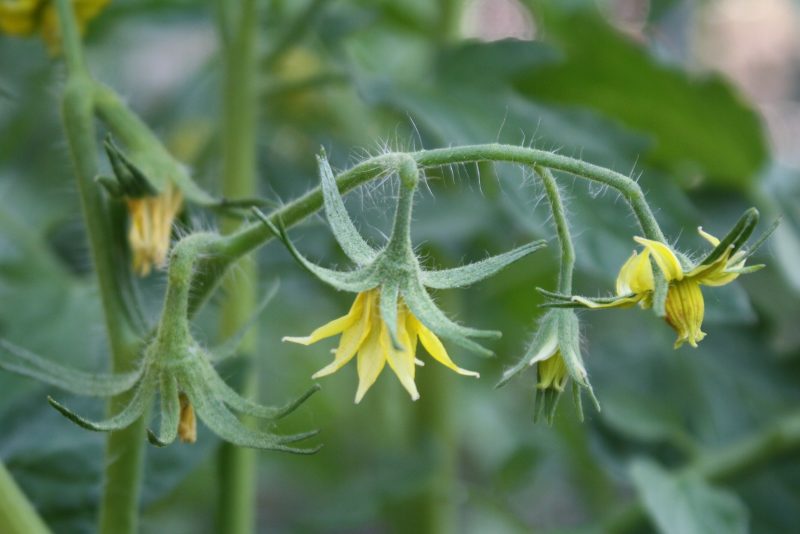

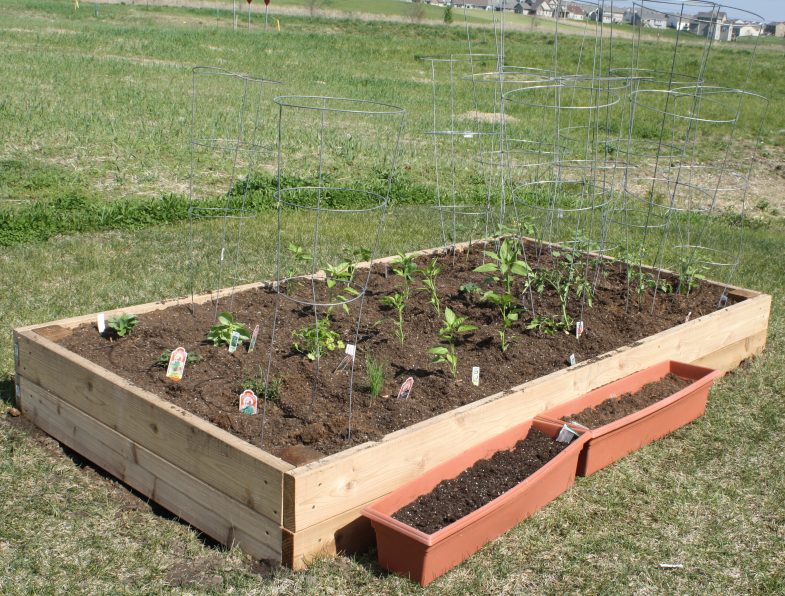



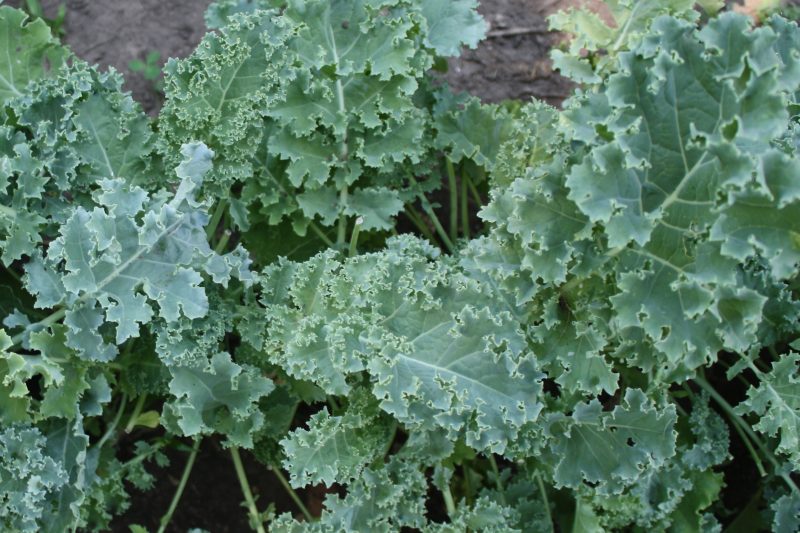
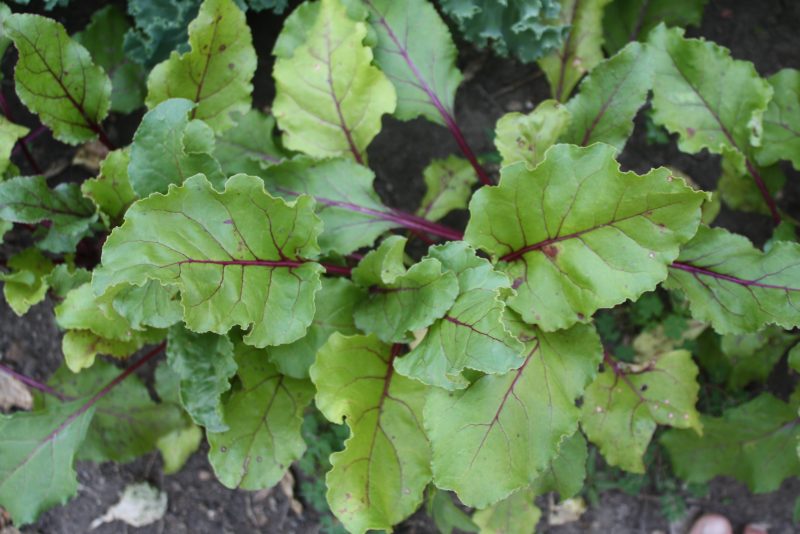
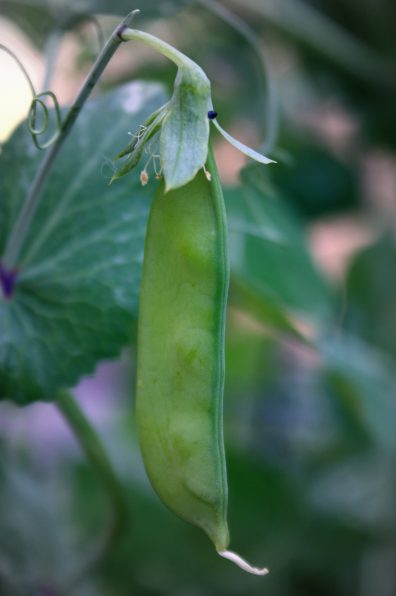
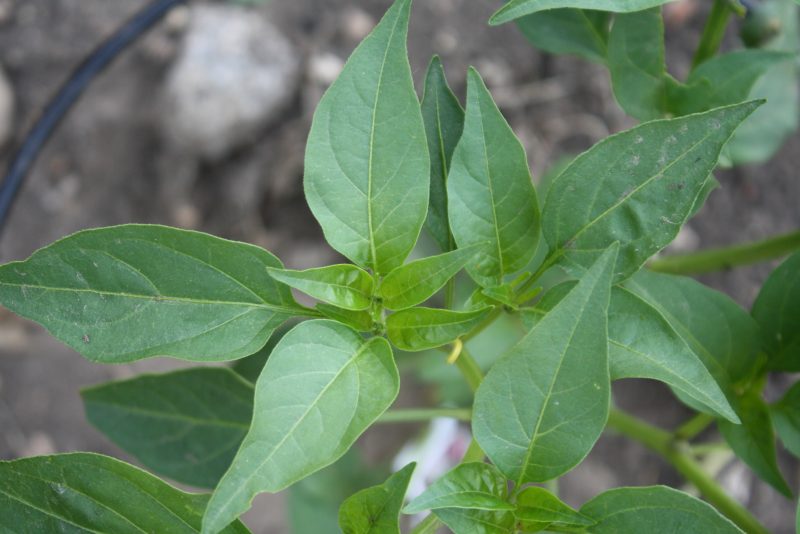
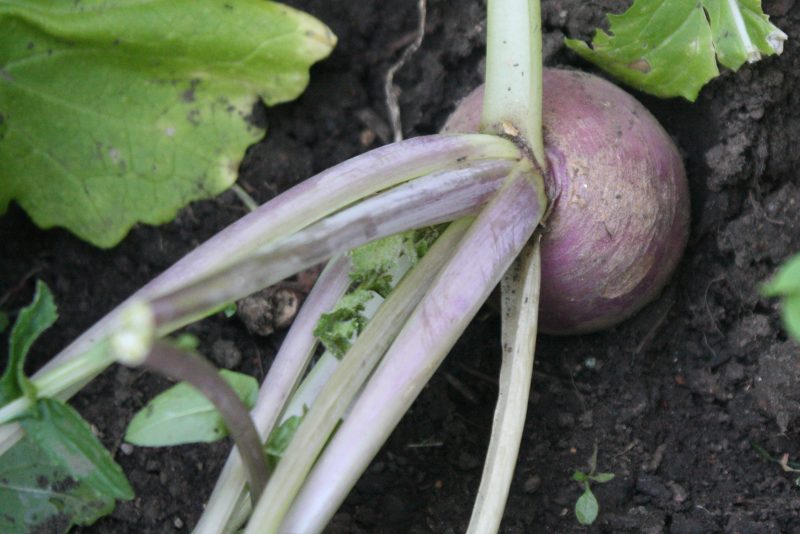
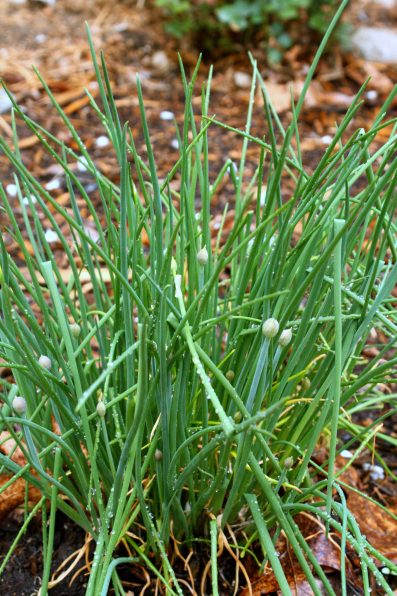
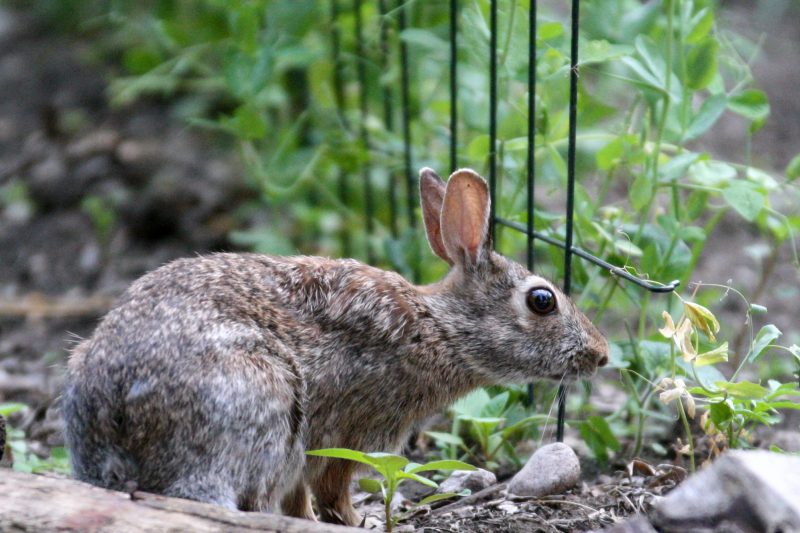
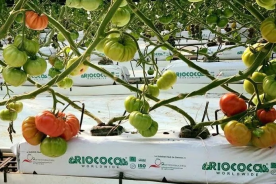
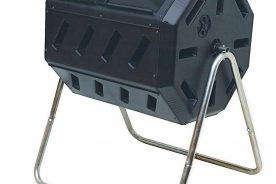
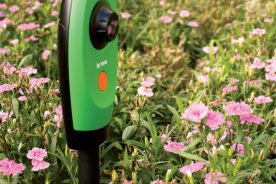

No Comments